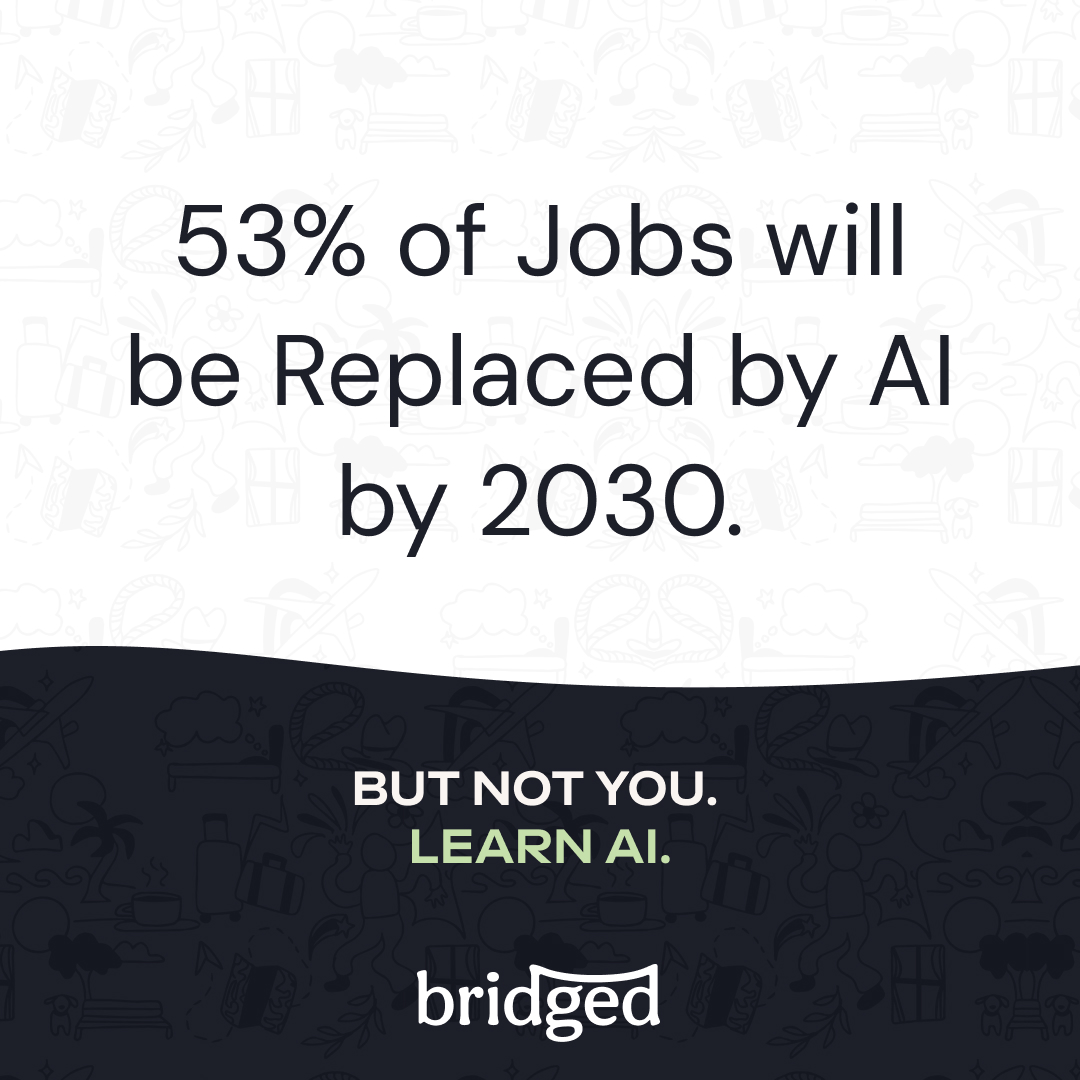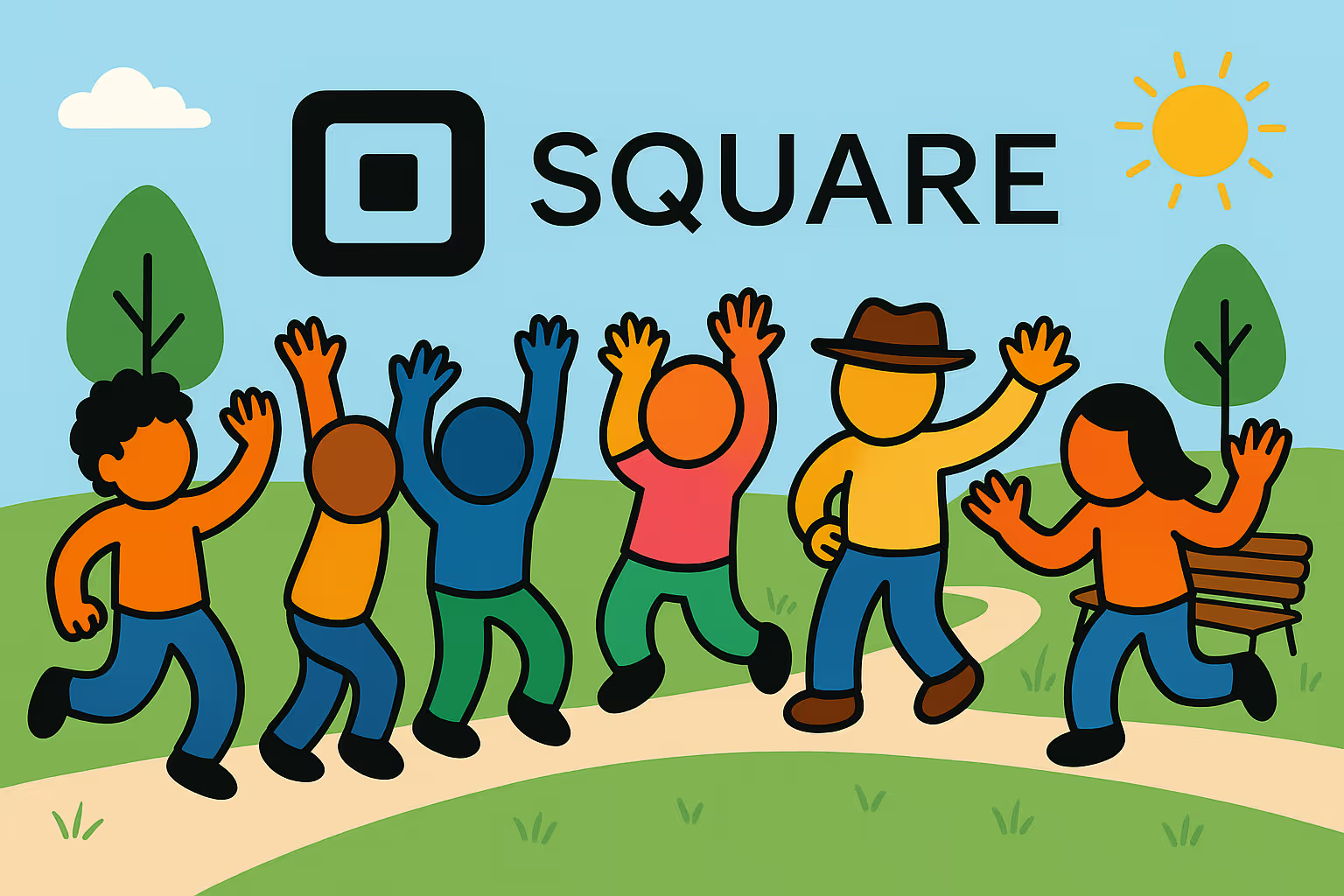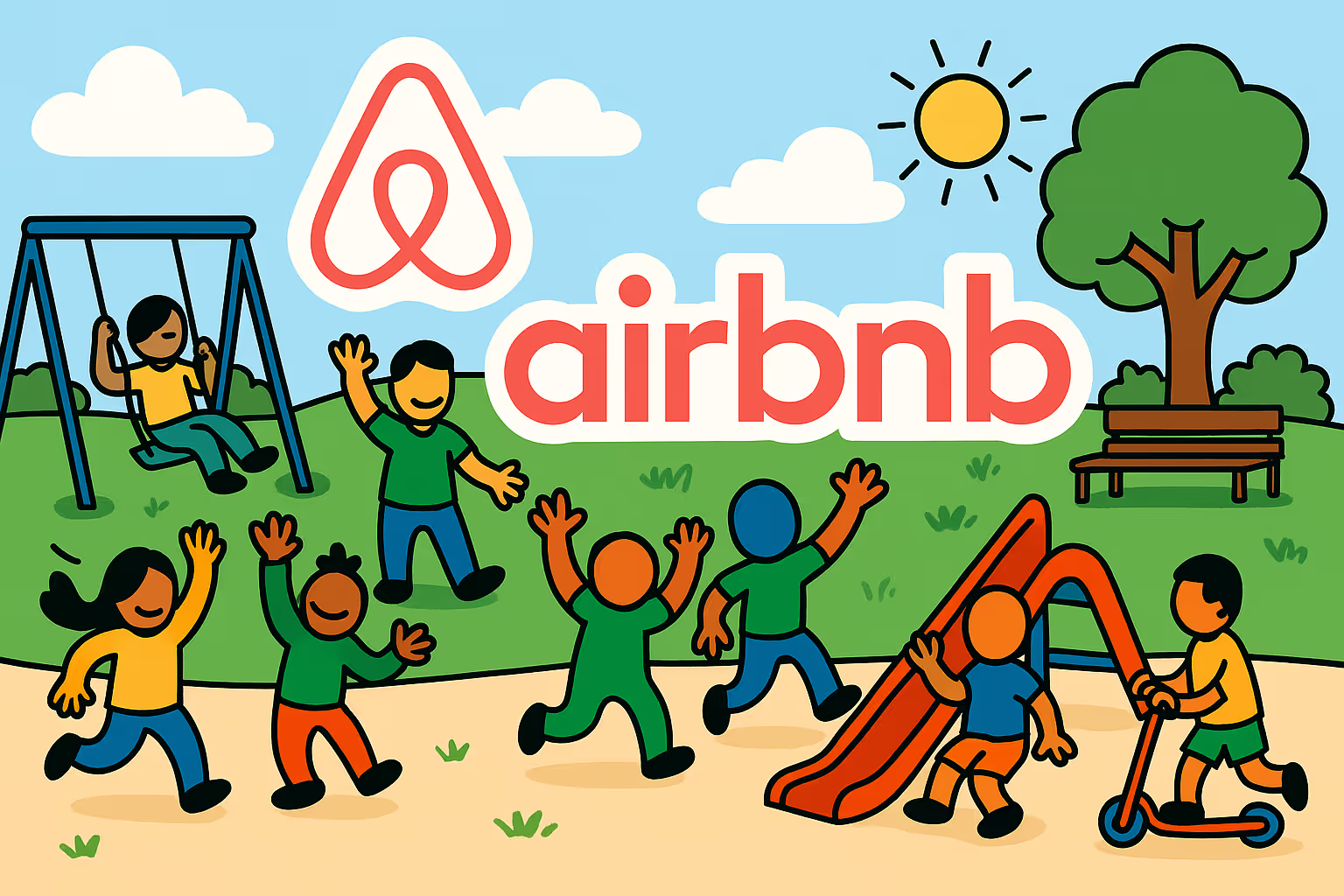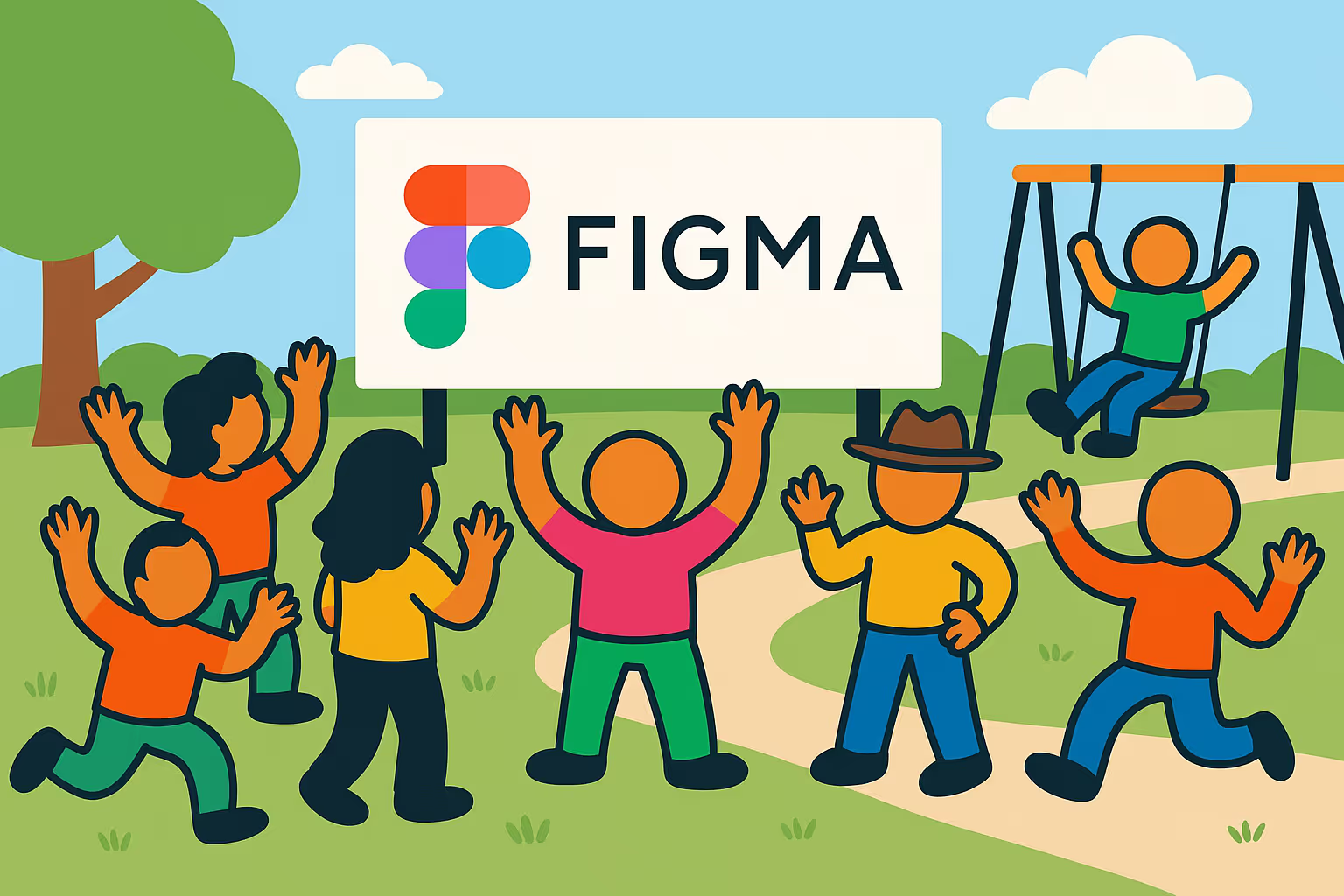How to Get a Job at Microsoft
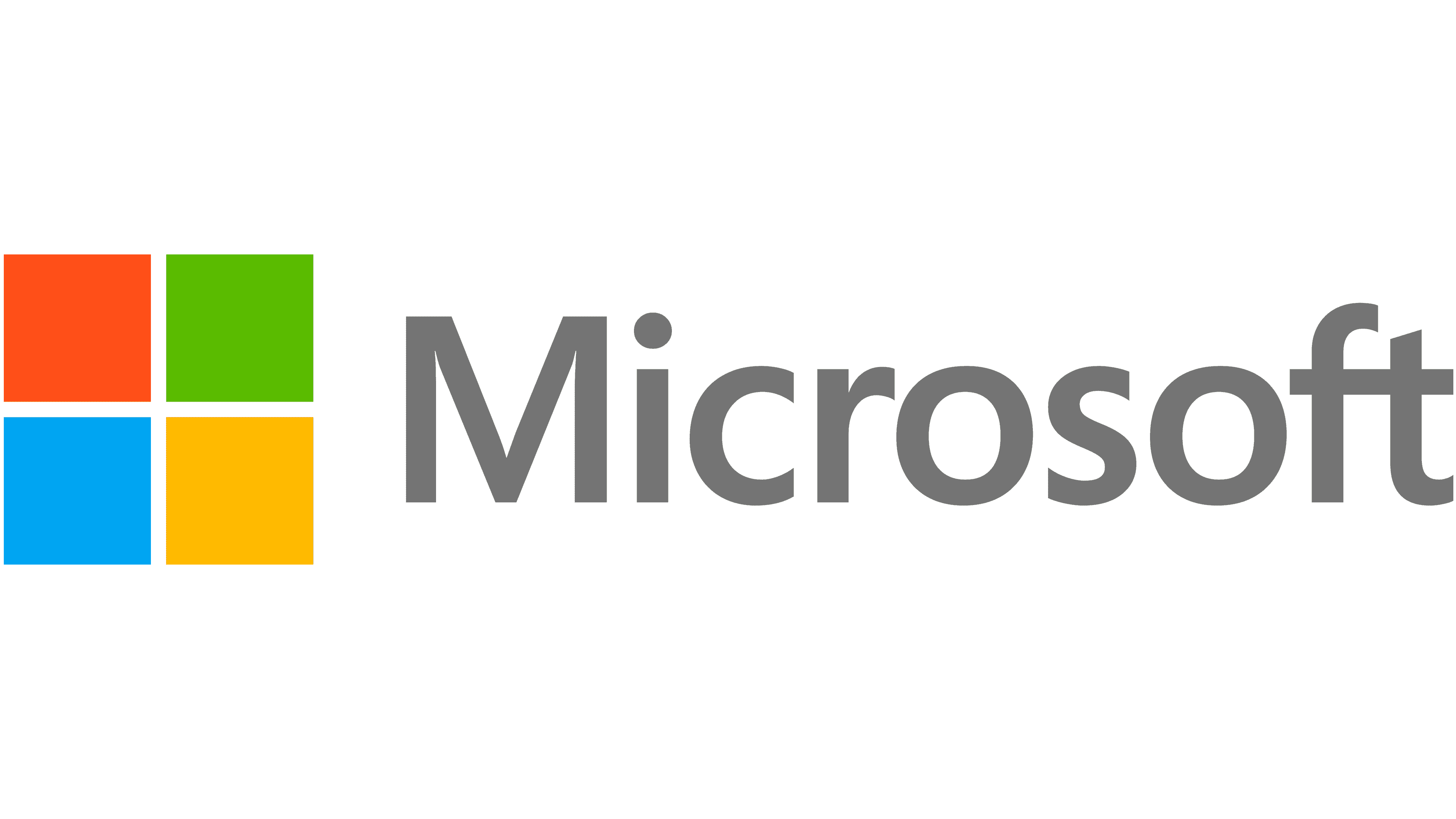
Founded: 1975 (WOW)
Headquarters: Seattle, WA
Remote Work: YES!
Benefit Rating: 8/10
Entry Level Jobs: Yes-- and great programs too!
Microsoft Overview
Microsoft Details & History
Microsoft was founded in 1975 by Bill Gates and Paul Allen and began by creating BASIC interpreters for early microcomputers. Over decades, it transformed into one of the world’s largest technology companies, responsible for Windows, Office, Azure, Xbox, and cutting-edge AI and cloud innovation. Its guiding principle today is the growth mindset—a belief that skills can be developed through hard work and curiosity. The company remains mission-driven and future-focused, continuing to evolve with acquisitions, strategic AI partnerships, and bold product expansion.
Microsoft Office Locations
Microsoft is headquartered in Redmond, Washington, but has major hubs across the globe—including Seattle, San Francisco, London, Hyderabad, and Singapore. Offices often house cross-functional teams—engineering, product management, design, research, and marketing—while special sites like Vancouver include vibrant product, data science, and program management teams. These global campuses also host programs, hackathons, and inclusive events that connect intern cohorts and new hires internationally.
Microsoft Primary Competitors
Microsoft competes fiercely in multiple domains. In cloud computing, competitors include Amazon Web Services and Google Cloud. In productivity and collaboration, Microsoft versus Google Workspace, Slack, and Zoom is common. Hardware and gaming units, like Xbox, compete with Sony and Nintendo. AI innovations bring competition with OpenAI and Meta. Despite this, Microsoft stands out with its enterprise presence, hybrid work model, and brand trust.
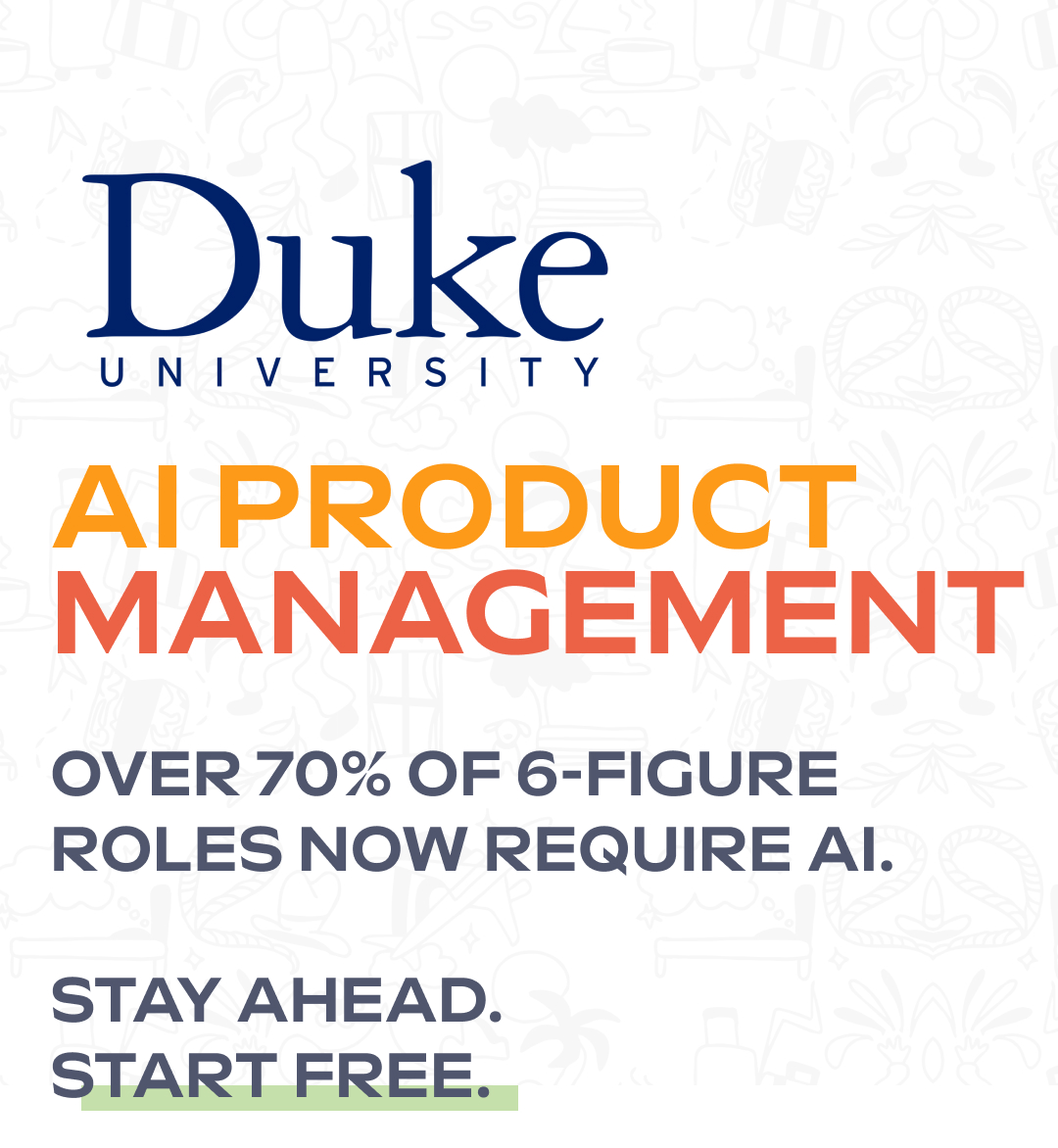
Microsoft AI Hiring Details
Top Microsoft Departments for Entry-Level Roles
Microsoft offers entry-level roles across areas like Software Engineering, Technical Program Management, Product Management, Data & Applied Science, Hardware Engineering, UX Design, Customer Success, Finance via the Finance Rotation Program, Legal, HR, and Marketing. Junior hires also join specialized tracks like Futures (hardware), Research (PhDs), and product operations. The company values candidates with cross-functional skills and gives early-career hires access to global mentorship, training, and support.
Diversity at Microsoft
Diversity and inclusion aren’t just buzzwords at Microsoft—they’re baked into everyday workflows. The One Microsoft D&I Plan sets expectations around equity, pay transparency, and inclusive behavior, backed by employee resource groups (ERGs), pay equity audits, and community partnerships with organizations like NSBE Microsoft. Every employee sets annual D&I goals, and programs like Leap and Aspire help support candidates from underrepresented and non-traditional backgrounds.
Is remote work allowed at Microsoft?
Yes! Microsoft supports a hybrid, flexible workplace model, letting employees split time between remote work and on-site collaboration. Their careers site emphasizes outcome-based productivity rather than strict office hours, giving you autonomy over how and where you work best. Some roles (especially remote-eligible or veteran-hire) can reach 100% remote, depending on business unit and local policy.
Is it hard to get a job with Microsoft?
Indeed, competition is steep—Microsoft prioritizes high-performing, adaptable candidates who fit its culture. Reddit threads recount intense coding and assessment steps even for internships, with multiple rounds of interviews and screening challenges. Internal recruiters note a conservative hiring style: they only extend offers when candidates truly align with both skill needs and cultural values.
Does Microsoft have good benefits?
Microsoft offers a pretty robust benefits package: global healthcare (underrated perk), mental wellness programs, generous parental leave, education reimbursement, and wellness stipends. Employees receive stock awards and have access to internal learning platforms, mentorship programs, and internal mobility pathways like Aspire and LEAP—supporting long-term career growth.
Microsoft AI Interview Process
Who is Microsoft looking to hire?
Microsoft looks for early-career professionals—students, new grads, MBAs, PhDs, and apprentices—who bring passion, resilience, and a growth mindset. Ideal candidates demonstrate curiosity, teamwork, problem-solving, and community engagement. Variety in background is welcomed: computer science majors and bootcamp or self-taught tech learners are equally valued, especially through Leap and Explore pathways (see below for more details_.
Microsoft Values
According to their careers page, Microsoft’s culture is built on four core attributes: growth mindset, customer obsession, diversity & inclusion, and One Microsoft—collaboration across teams globally striving toward shared purpose and innovation. These principles guide everyday work, decision-making, and even performance reviews—so aligning with these values in your application and behavioral stories is essential.
Microsoft Interview Process
Our coverage is informed by Microsoft’s hiring tips and aggregated Reddit experiences. The entry-level process usually starts with an online coding assessment or recruiter screen. Candidates then move into a loop of 3–4 virtual interviews (~45–60 minutes each) that blend algorithmic coding (common data structures, design questions), behavioral questions tied to company values, and potential design or scenario-based challenges. Reddit users emphasize LeetCode practice on Microsoft-tagged problems and clear, verbally narrated solution steps, along with examples of teamwork and growth mindset in answers.
Interview Rounds and How to Prepare
- Initial screen: recruiter call or timed coding challenge on a platform like Codility.
- Technical interviews: expect tree, graph, DP, string, and design problems. Practice mock code interviews aloud.
- Behavioral rounds: focus on stories showing impact, resilience, collaboration, and alignment with Microsoft values. Use the STAR (Situation, Task, Action, Result) format.
- Design or scenario rounds: product or system-design questions may appear, especially for PM roles. Practice explaining architecture and tradeoffs.
Microsoft AI Internships & APMs
Microsoft Internship Program
Microsoft internships (12 weeks) go well beyond coffee runs. Interns are assigned meaningful, real-world projects—writing code, conducting analyses, or contributing to launches. They receive mentors, network through tech talks and socials, and are often converted to full-time. Interns consistently report feeling like full team contributors, not observers. The roles span engineering, data science, marketing, research, and FRP finance tracks. Perks often include stipends, relocation assistance, and sometimes visa support depending on location.
Microsoft MBA Programs
Microsoft runs structured programs for MBA hires—including the Aspire MBA Experience. This two-year global onboarding and leadership development journey helps MBA hires build strategic thinking, executive presence, innovation skills, and network connections tailored to future roles in strategy, marketing, or product leadership.
Other Student & Entry‑Level Programs
- Explore Microsoft is a 12-week summer program for first‑ or second‑year students (US & Canada), letting them rotate between PM and software engineer tasks while building skills in pods, collaborating across roles, and getting hands-on experience early on.
- Microsoft Leap is a 16‑week apprenticeship designed for non-traditional tech entrants (bootcamp grads, career changers, parents returning to work). It combines classroom learning and real-team projects within Azure, Xbox, Office365, and more. Around 70% of apprentices find full-time roles afterward.
- Finance Rotation Program (FRP) runs internships and rotations for finance grads—interns experience corporate analysis, case competitions, mentorship from senior finance leaders, and a pipeline into full-time finance roles across global hubs like Redmond, Dublin, and Atlanta.
- Microsoft Aspire Once you're hired at Microsoft as a new grad (whether you're coming from undergrad, grad school, an MBA, a PhD, or the LEAP program), you're automatically enrolled in Microsoft Aspire—a two-year development program designed to help you hit the ground running. Aspire is all about accelerating your growth, building your network, and helping you explore what’s possible at Microsoft through events, trainings, and community support. We love this!
How You Can Work for Microsoft
We’ve developed a tried-and-true process to help Bridged readers land jobs at top-tier tech companies—and Microsoft is no exception. While it’s one of the largest and most competitive companies in the world, there are still clear steps you can take to boost your chances. The biggest factor? Gaining the right kind of experience and tailoring your story to match Microsoft’s culture and values. Read on for our recommendations.
Identify Your Target Role
Microsoft is huge, which means they hire across nearly every business function—engineering, product, marketing, research, finance, you name it. We recommend starting with our Best Entry-Level Tech Jobs guide to figure out what aligns best with your background and interests.
If you’re excited about AI, productivity tools, gaming, or enterprise software, you might thrive in roles like:
- Software Engineering (cloud, security, productivity, gaming, AI Copilot)
- Product Management (Teams, Azure, Xbox, Office, Edge)
- Data & Applied Science (AI/ML modeling, customer insights, experimentation)
- Program & Product Operations (Launch management, vendor ops, growth)
- Marketing & Customer Success (especially roles focused on developers or enterprise customers)
Even if you’re early in your journey, Microsoft has rotational programs and internship tracks that make it easier to grow into the right role.
Explore Ways to Get Experience
You don’t need to come from a top school to get hired at Microsoft—but you do need to show curiosity, a growth mindset, and real-world initiative. Microsoft looks for people who work well on teams, demonstrate grit, and genuinely care about impact.
Here are some ways to build experience and stand out:
- Take a Microsoft-aligned course: Start with something like Microsoft Azure AI Fundamentals certification. Or really, any of their resume certifications.
- Build a portfolio project using Azure, GitHub Copilot, or Power BI
- Volunteer for a nonprofit or student org and help with operations, website, or internal tools
- Write or post a teardown of a Microsoft product you love (e.g., “3 reasons Teams is better than Slack for hybrid collaboration”)
- Get involved with Microsoft Learn, their Student Ambassador program for hands-on resources and exposure
Microsoft values candidates who show initiative and apply their skills to solve real problems—even if it’s just through a school project or a self-initiated app.
Use Jobscan to Optimize Your Resume
Microsoft uses large ATS platforms (like Workday or iCIMS), which means your resume will likely be scanned by software before a recruiter even sees it. To improve your odds:
- Run your resume through Jobscan to compare it against a Microsoft job description
- Mirror job titles and phrasing from their listings (e.g., “Software Engineer – Cloud Security”)
- Include relevant keywords like “Azure,” “Power Platform,” “data pipeline,” “customer success,” or “program management,” depending on the role
- Avoid overloading on buzzwords—focus on real results, team impact, and growth
Many strong candidates get filtered out just because they didn’t match phrasing from the job post—don’t let that be you.
Use LinkedIn Premium to Find and Reach Out to Microsoft Employees
Microsoft has thousands of employees, but referrals still matter. Many interns and new grads say they got their first interview thanks to a warm intro.
Here’s how to boost your visibility:
- Use LinkedIn Premium (or a free trial!) to search for current Microsoft employees in your desired department
- Look for titles like “University Recruiter,” “Program Manager,” or “Product Designer – Microsoft Teams”
- Send a short, personalized message that mentions a shared interest (e.g., “I loved your blog post on working in Redmond” or “Your Xbox talk at Grace Hopper was so insightful”)
- If you’re building a project with Microsoft tools, include a quick link or screenshot
- Don’t ask for a referral immediately—start with connection and curiosity
A few thoughtful DMs can open doors that applications alone might not.
And Finally: Be Patient (But Persistent)
Microsoft is known for hiring slowly and carefully. Don’t take it personally if you apply and don’t hear back immediately. Use the time to keep learning, building, and reaching out.
- Stay sharp with new Microsoft launches—read their engineering blog, test out Copilot features, or attend virtual events
- Keep refining your resume and LinkedIn
- If you get rejected, try again in 3–6 months with updated skills or a fresh project
The tech world moves fast, and Microsoft is always on the lookout for people who are learning, growing, and aligning with their mission.
→ Your future job might just be one course, one message, or one build away. Keep showing up—you’ve got this.
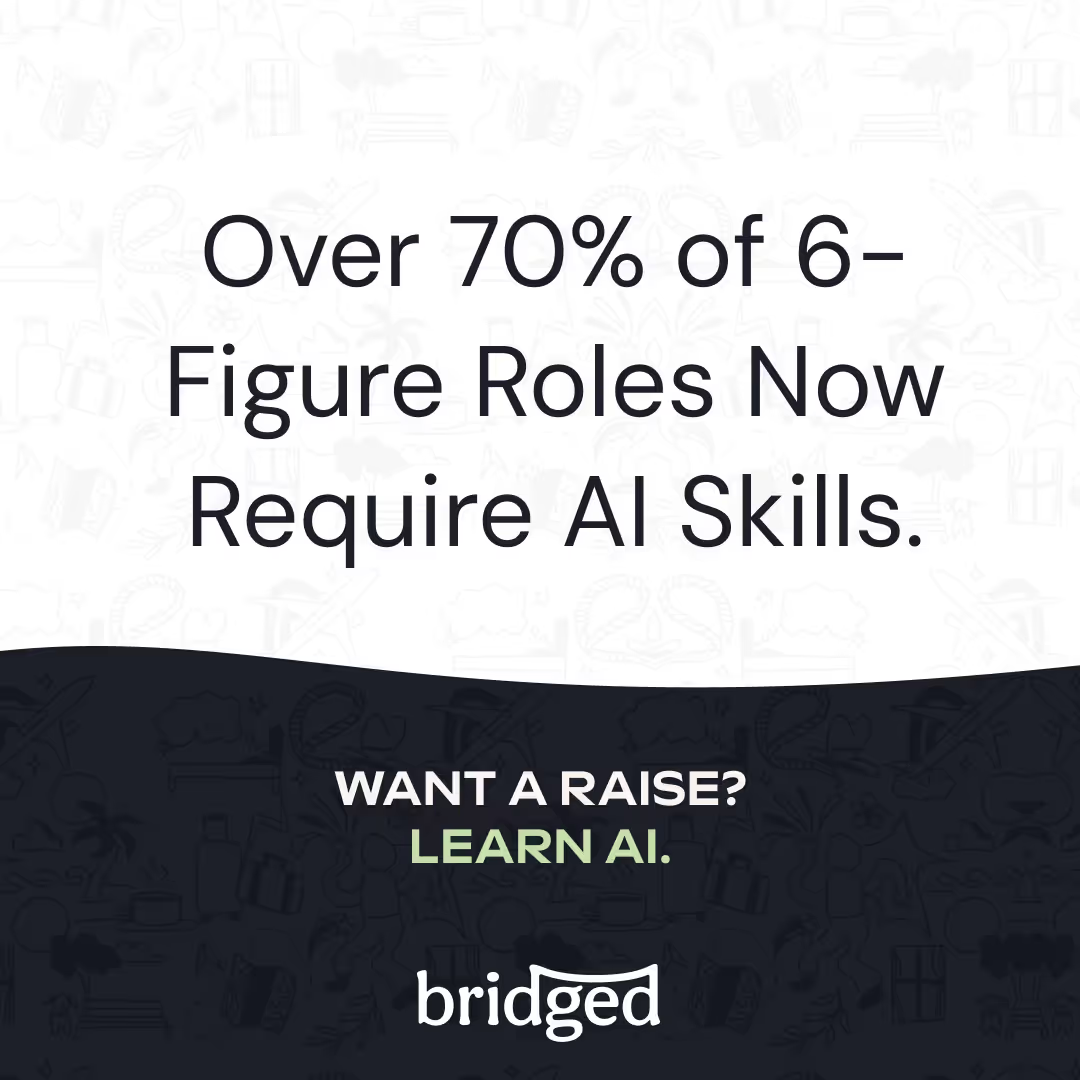
Conclusion
Final Take: Is Microsoft AI the Right Fit for You?
Microsoft is an ambitious, values-led company where growth, curiosity, and impact are central. While landing an entry-level role or internship is competitive, you can stand out with meaningful projects, Microsoft-aligned values like growth mindset and inclusivity, and strong coding and behavioral prep. Programs like Aspire and LEAP offer structured paths to success from day one. If you're passionate about joining a culture that’s collaborative, global, and always innovating—you’re in the right lane.
Did you get something out of this article? Let us know at hello@getbridged.co

How to Network on LinkedIn for Remote Tech Jobs
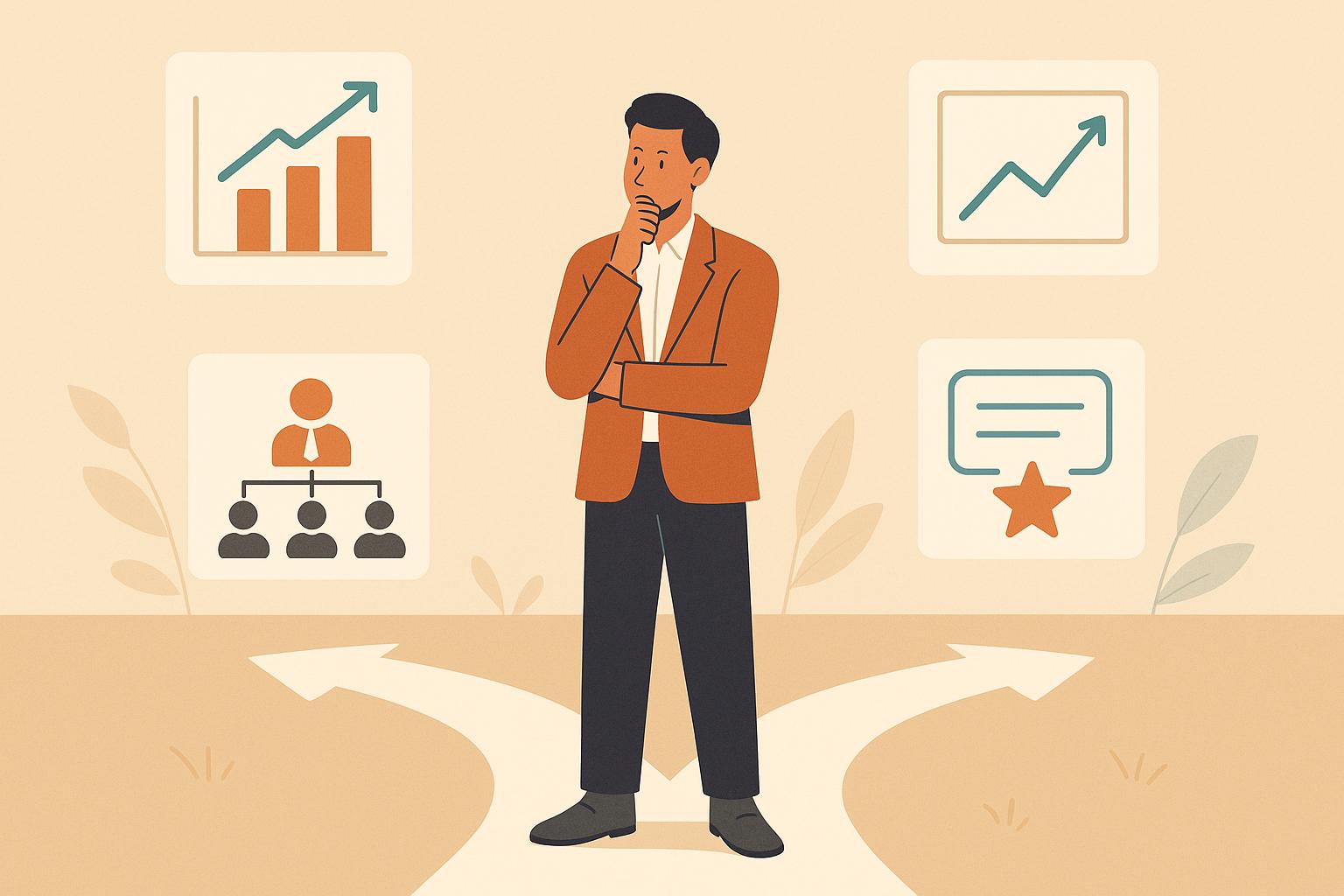
How To Assess Startup Stability Before Joining
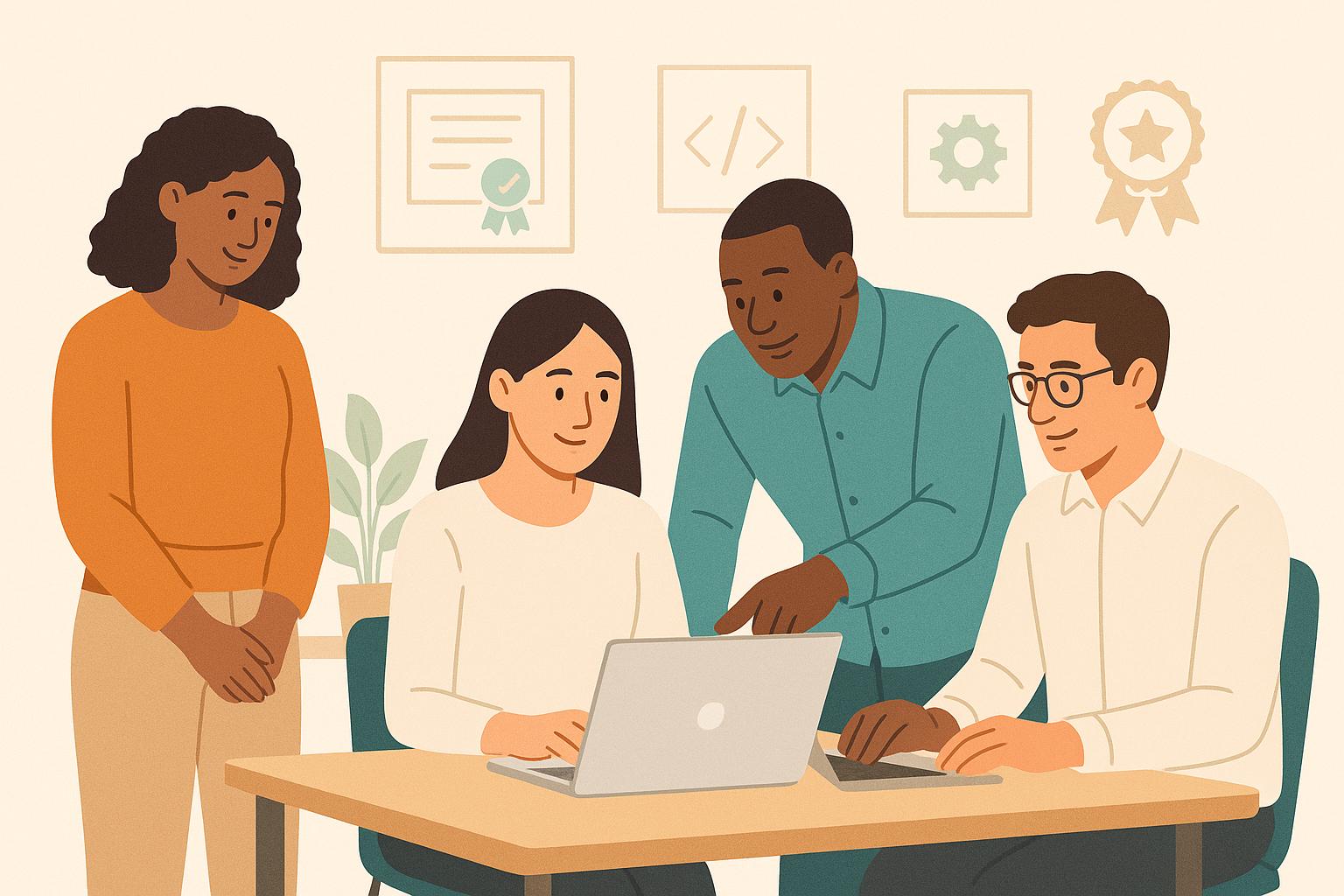


.png)


